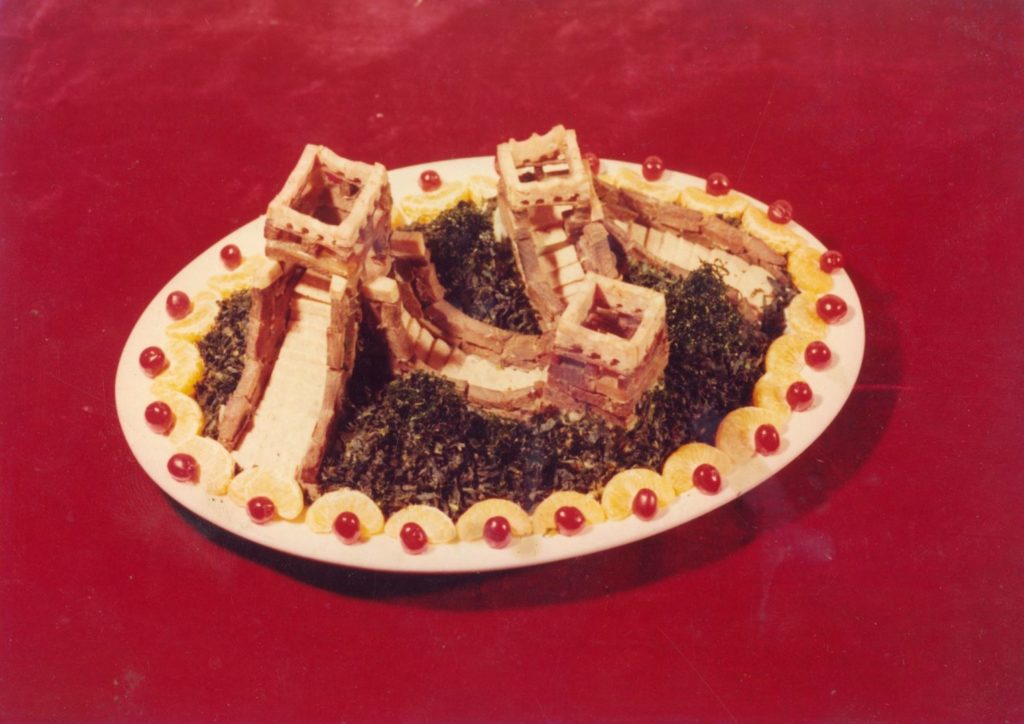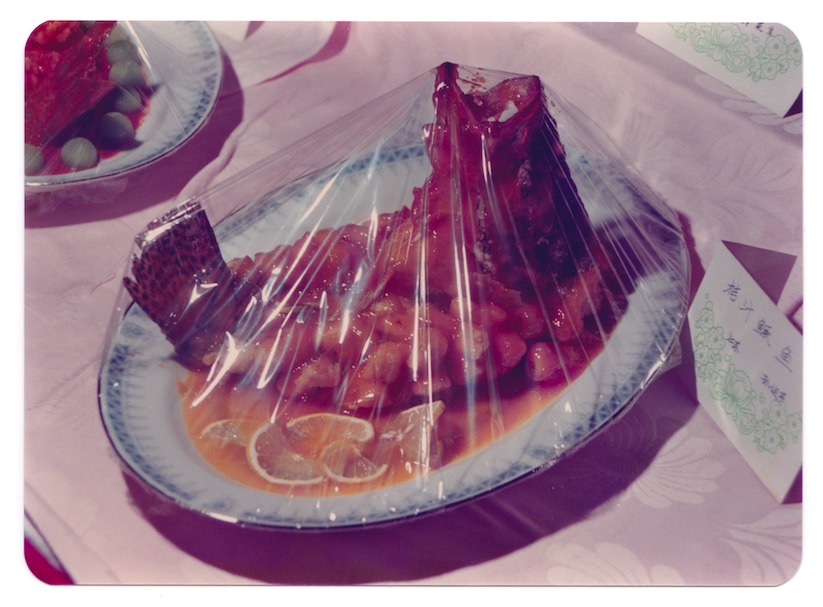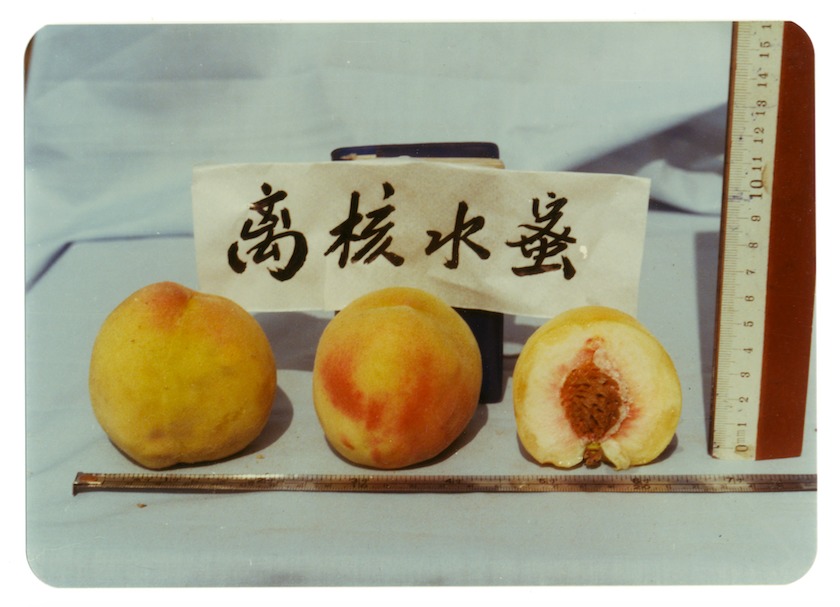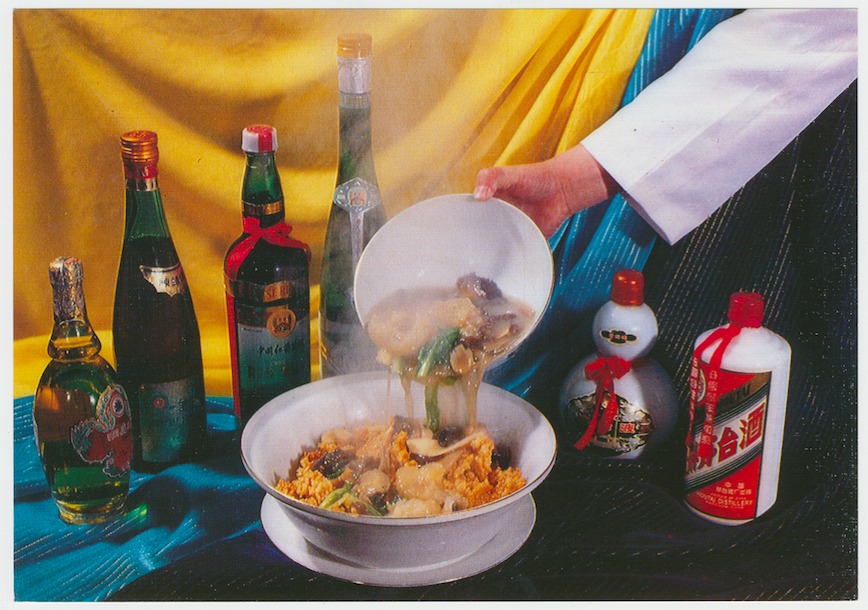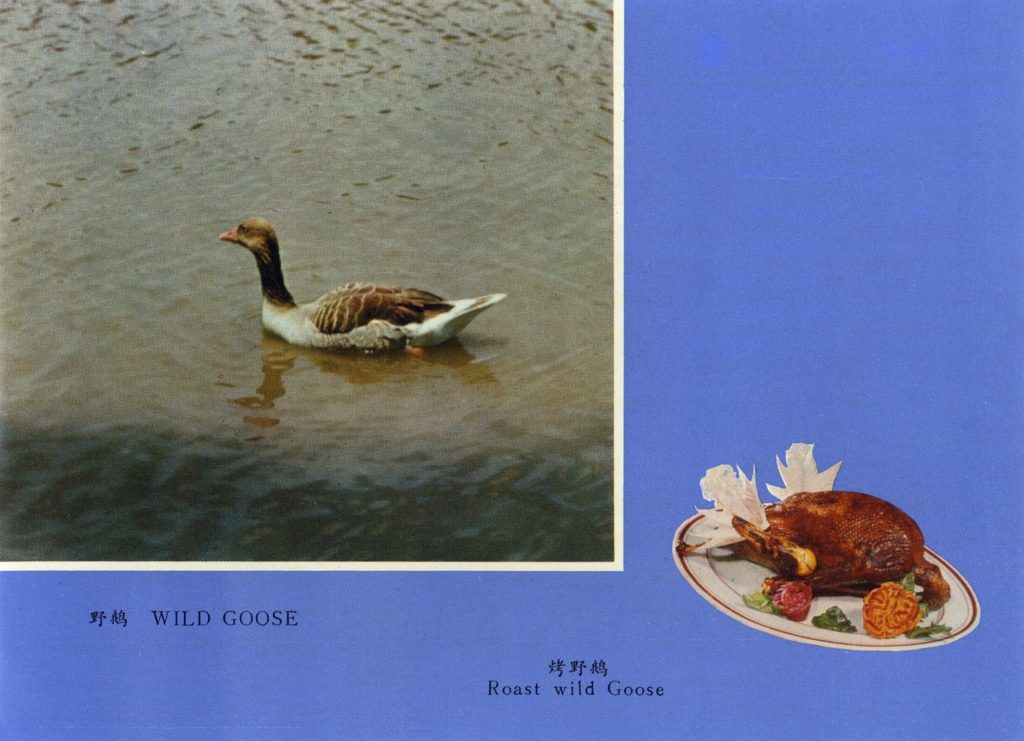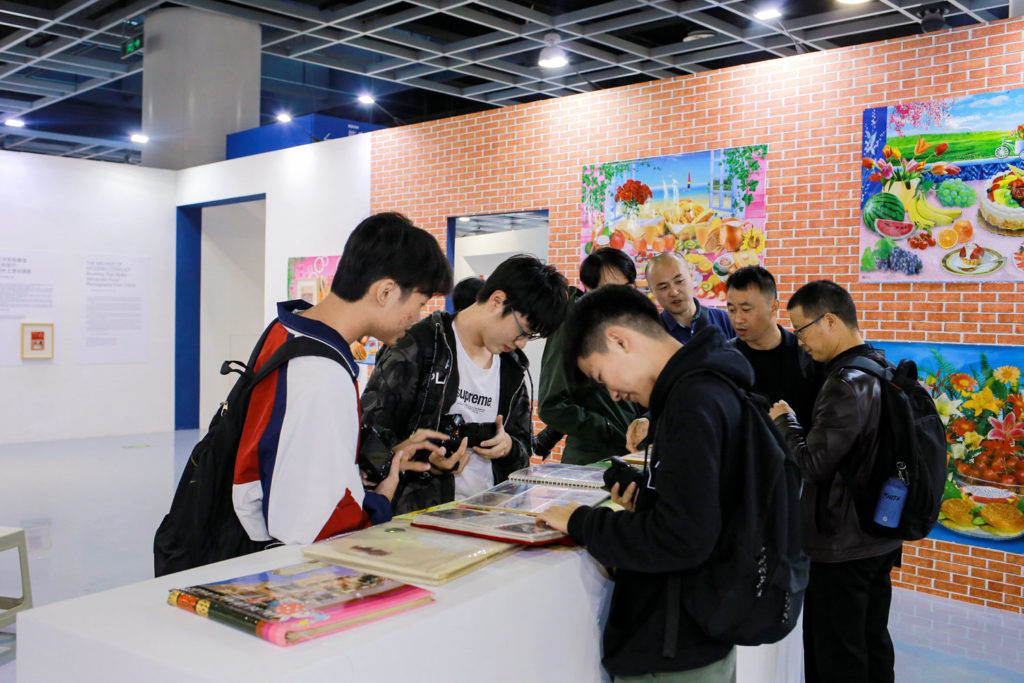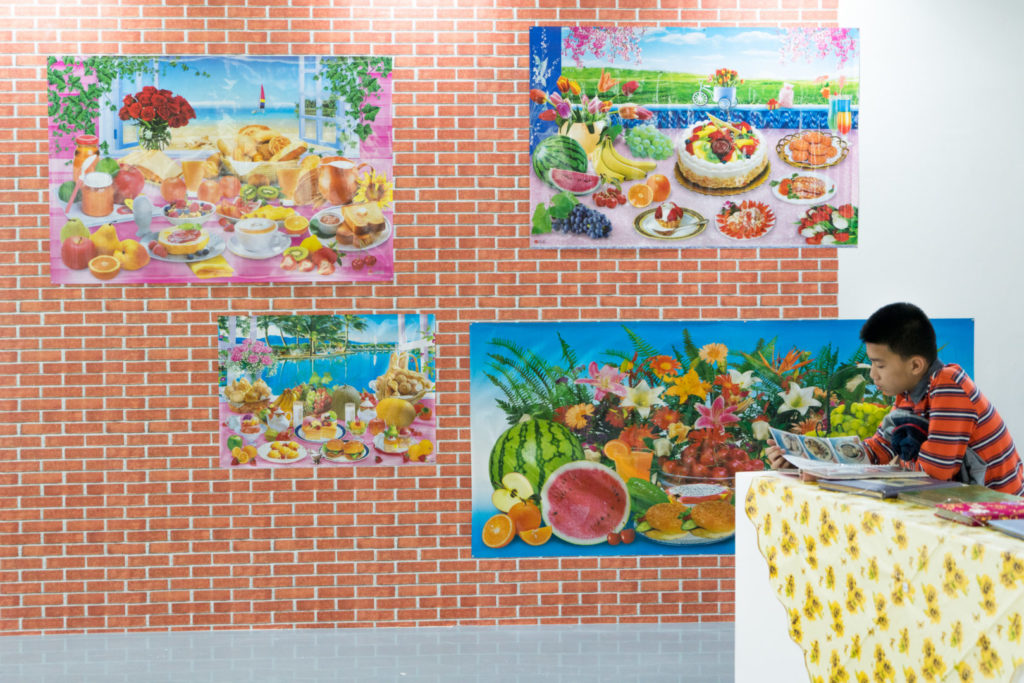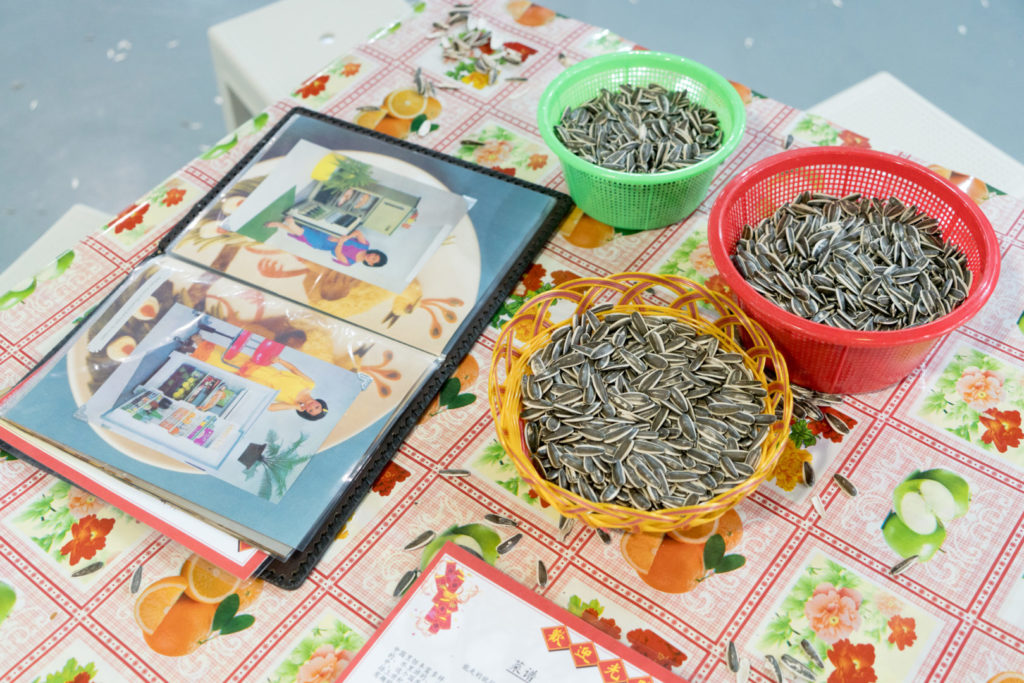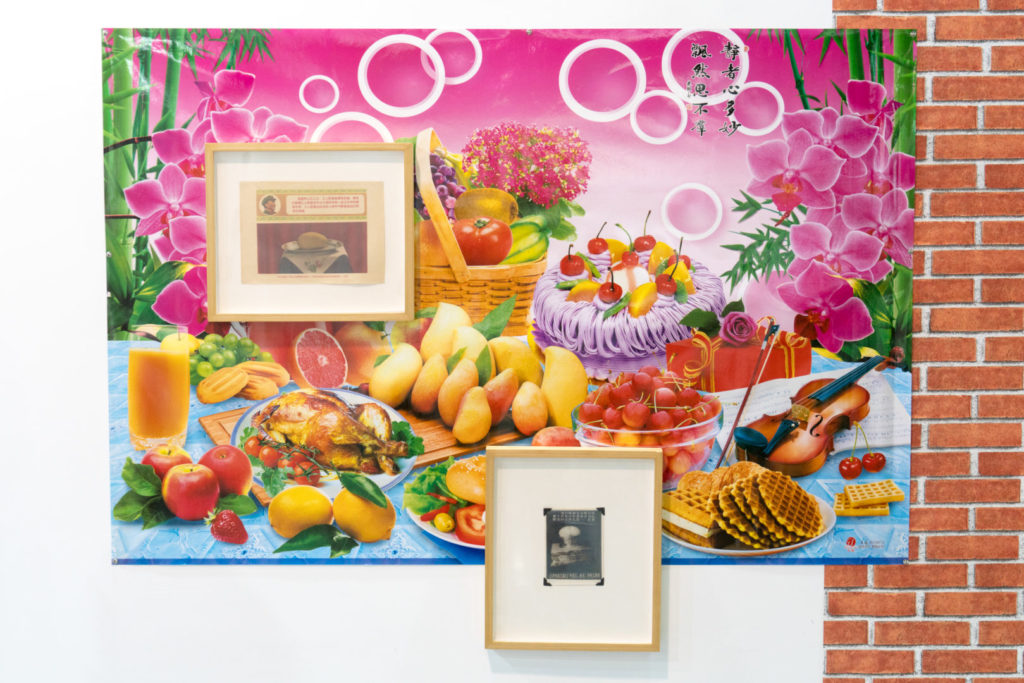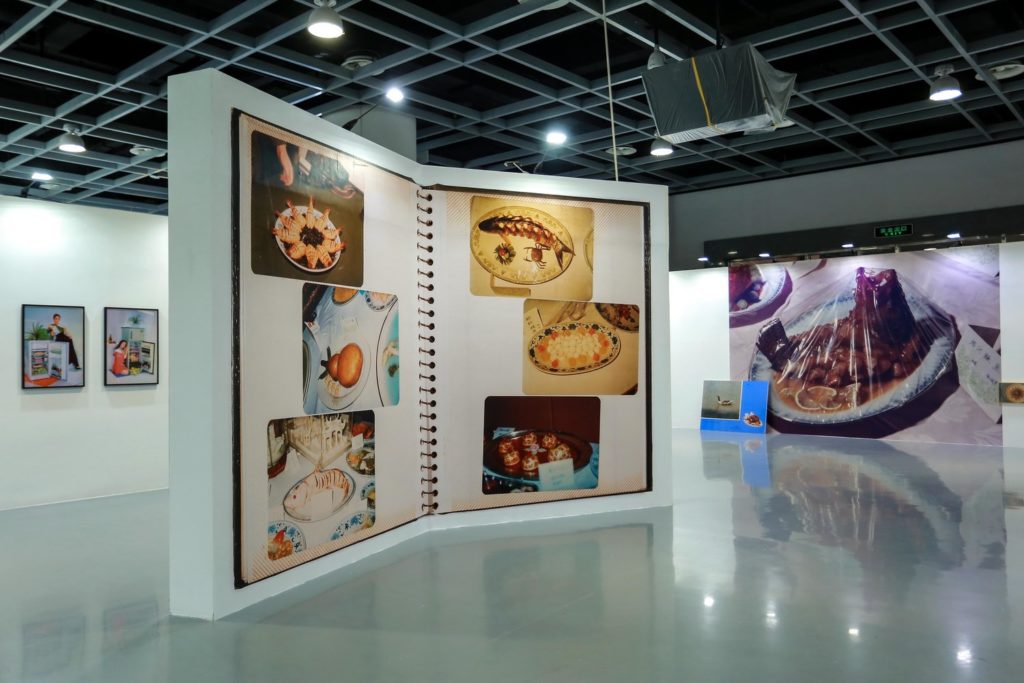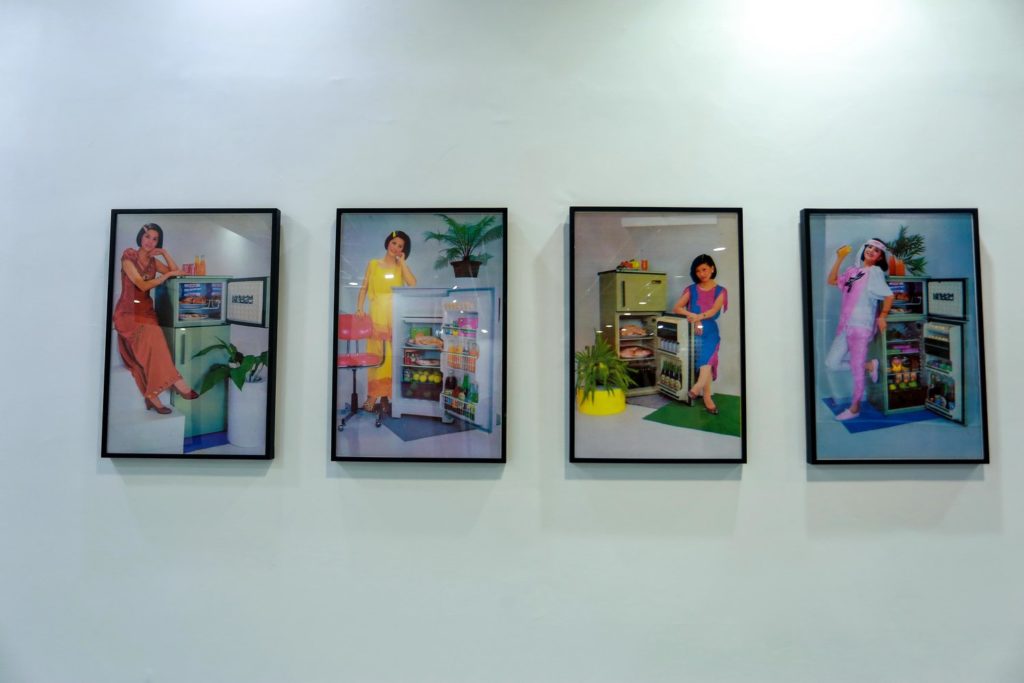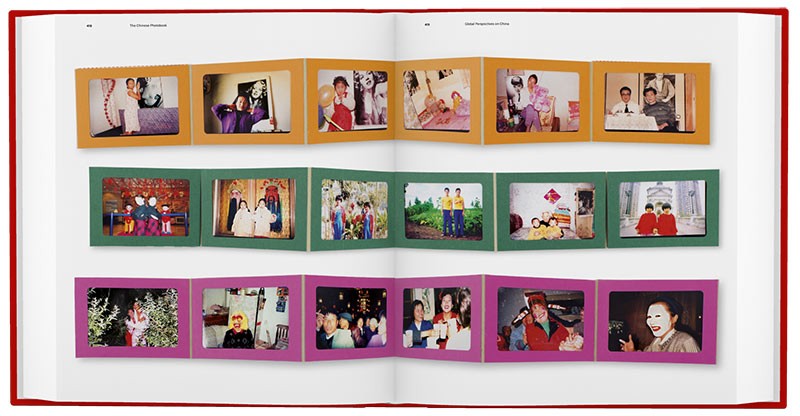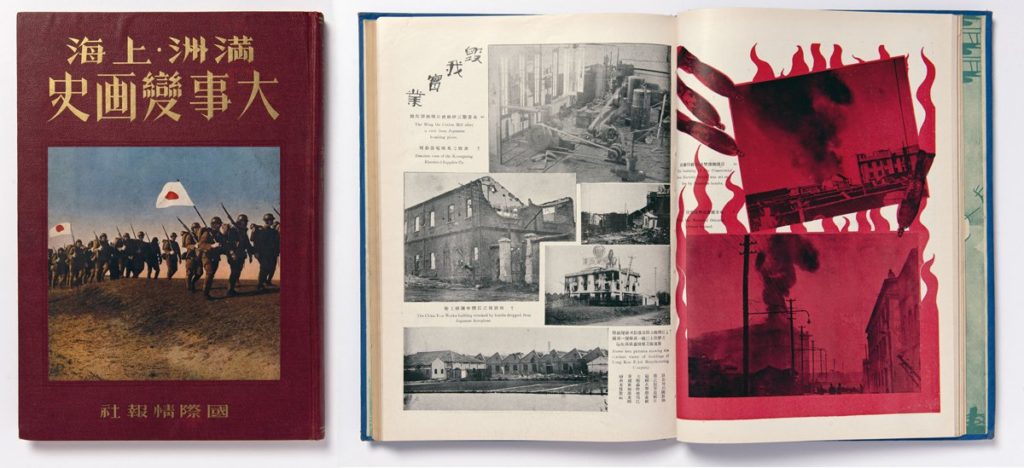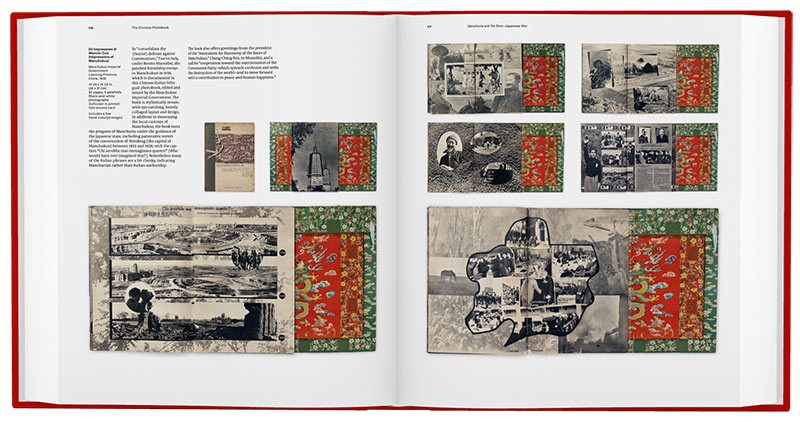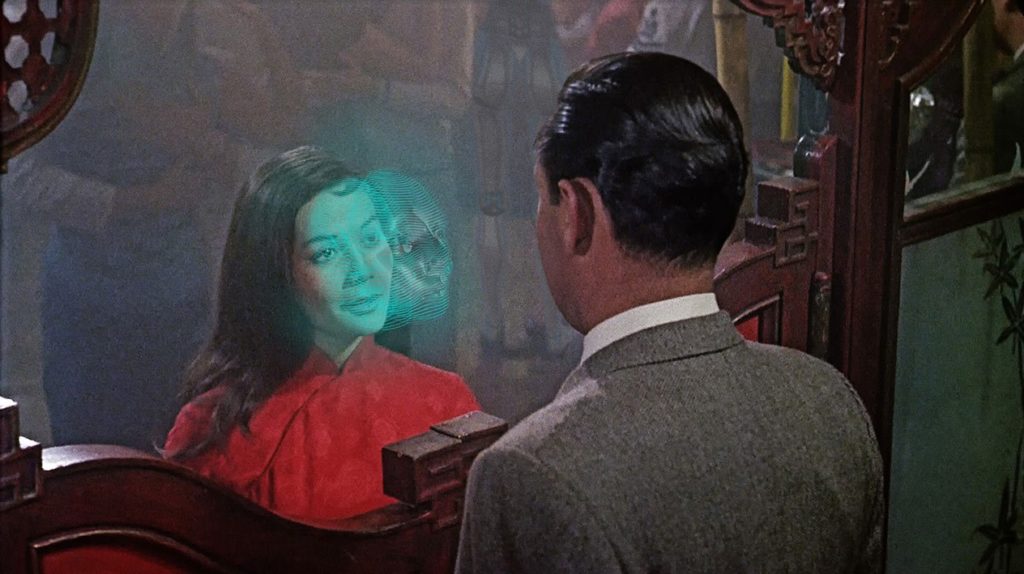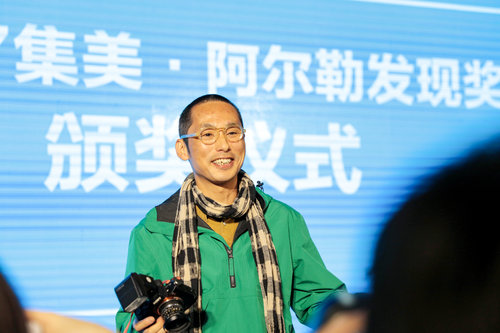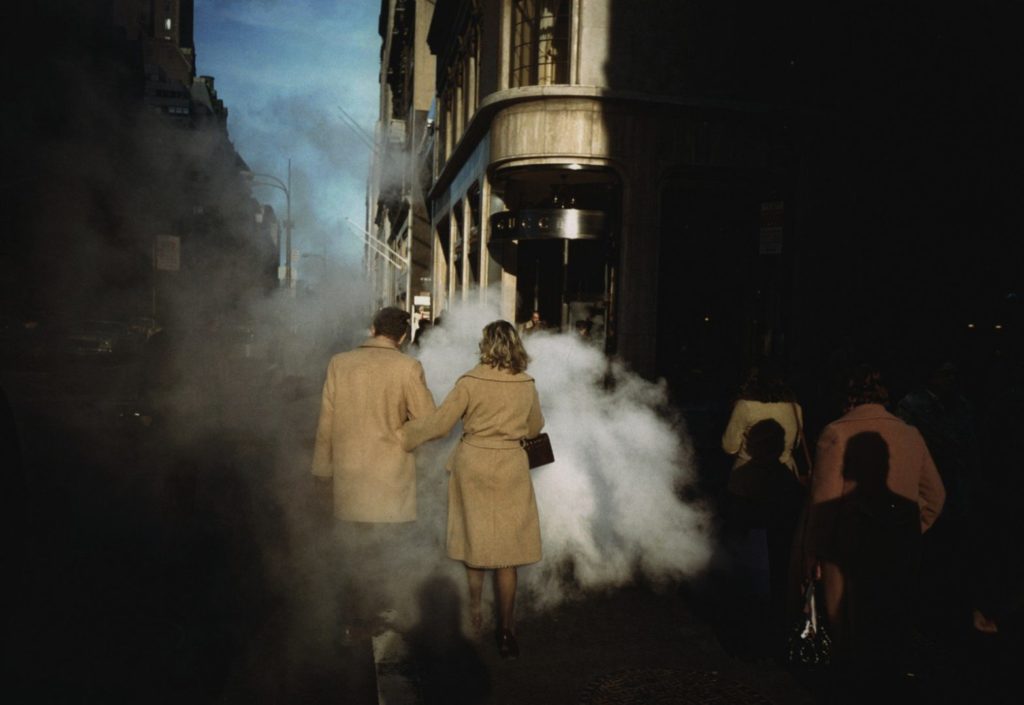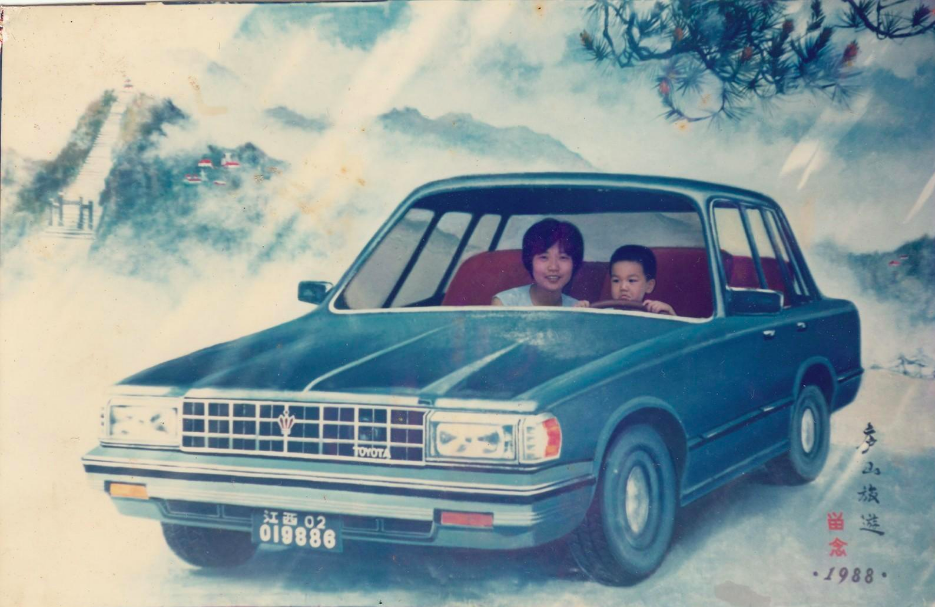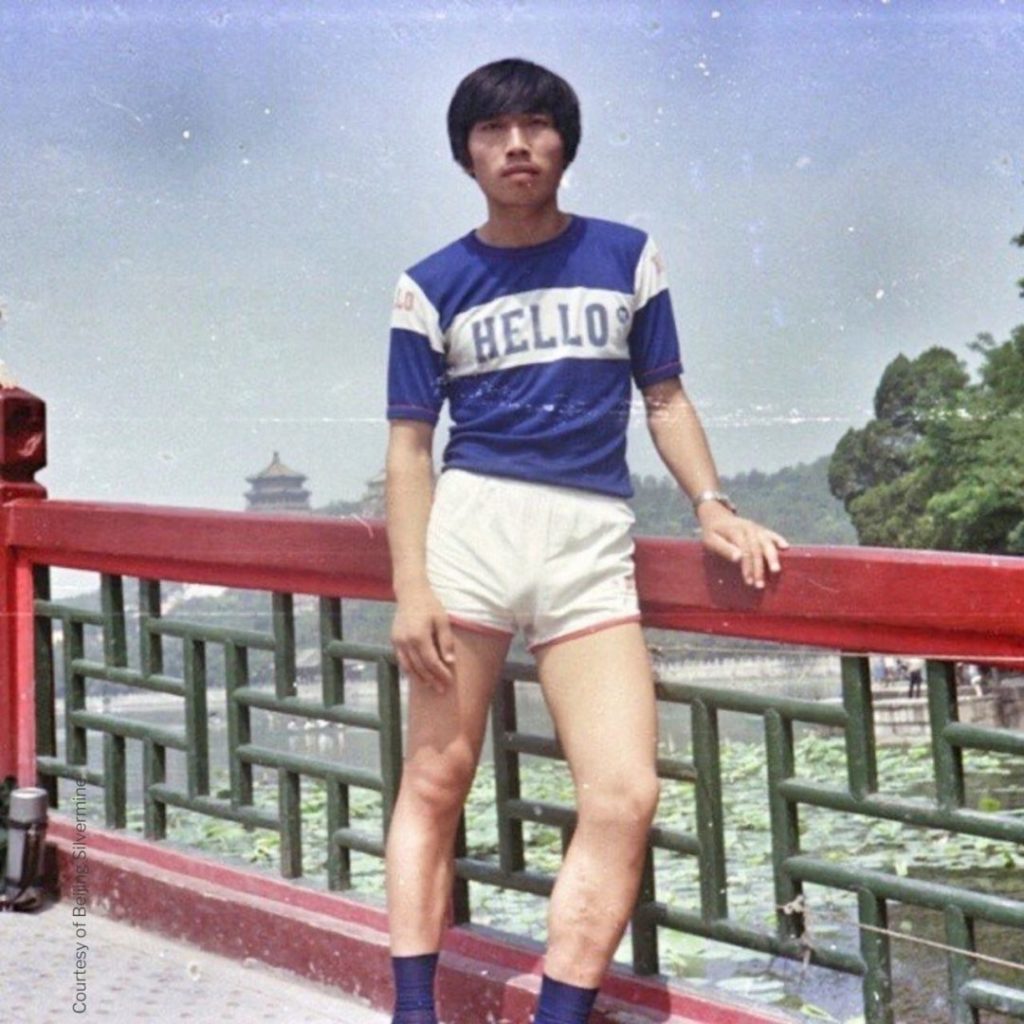Ruben Lundgren (born 1983 in Hilversum, the Netherlands) is a Dutch photographer, editor, curator and collector based in Beijing.
Ruben Lundgren graduated from the Central Academy of Fine Arts and worked as part of the Dutch photographers duo WassinkLundgren. Their works have been exhibited in museums worldwide and they are the recipients of numerous awards, including the China Academy Award in 2010 and the Prix du Livre at Les Rencontres d’Arles 2007 for their publication Empty Bottles. Notable projects include WassinkLundgren Is Still Searching (2006), Tokyo Tokyo (2010), Luxiaoben (2010) and Hits (2013). A retrospect of their work was shown in the FOAM photography museum in Amsterdam in 2013.
Together with Martin Parr, Lundgren co-edited The Chinese Photobook, from the 1900s to the present (2015). Recently he works as a photojournalist for the Dutch newspaper De Volkskrant and sources photography for The Archive of Modern Conflict.
In 2018, Lundgren curated, along with Timothy Prus, the exhibition Anything That Walks at Jimei x Arles international photo festival. Anything That Walks — Vernacular Food Photography From China brings together a disparate and eclectic collection of amateur photos and photo albums of Chinese food and food production. Doors asked him a few questions on this occasion.


